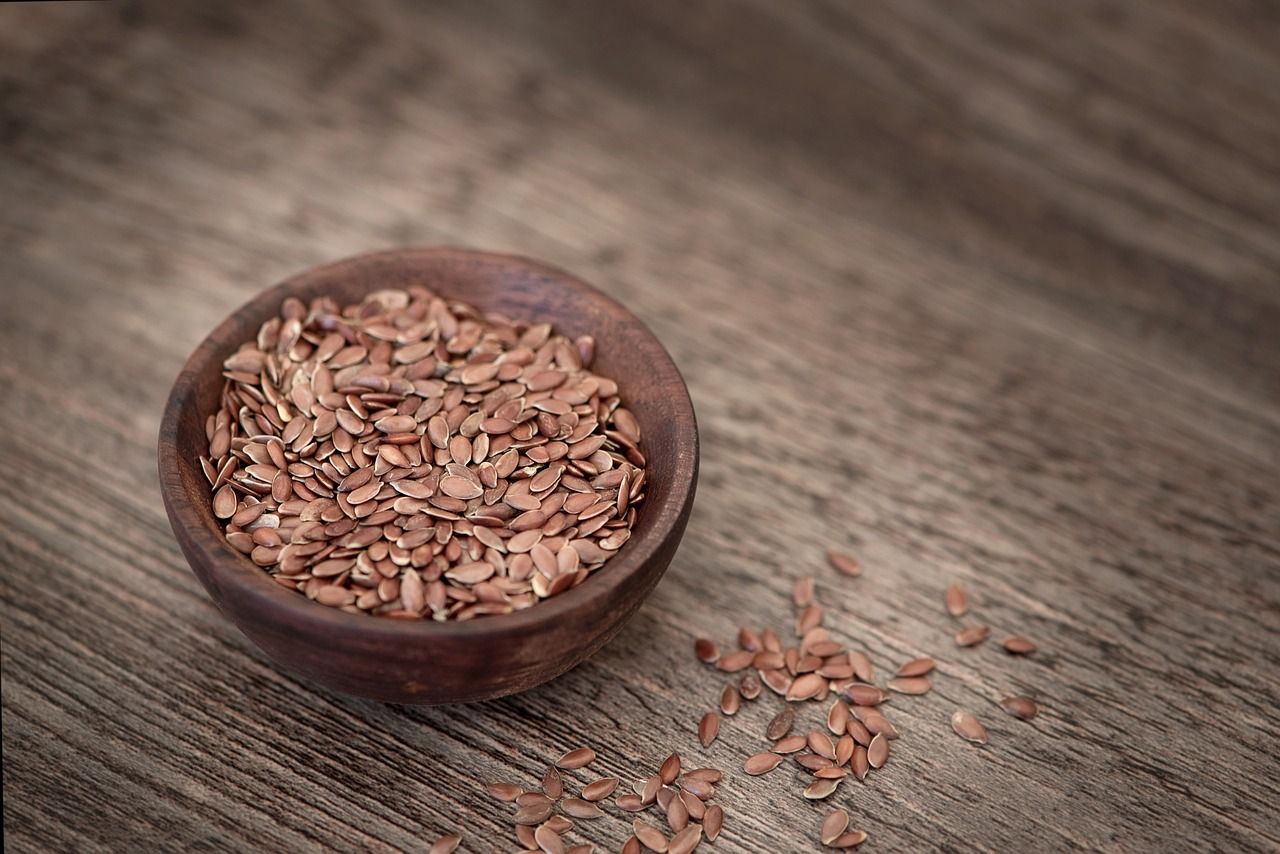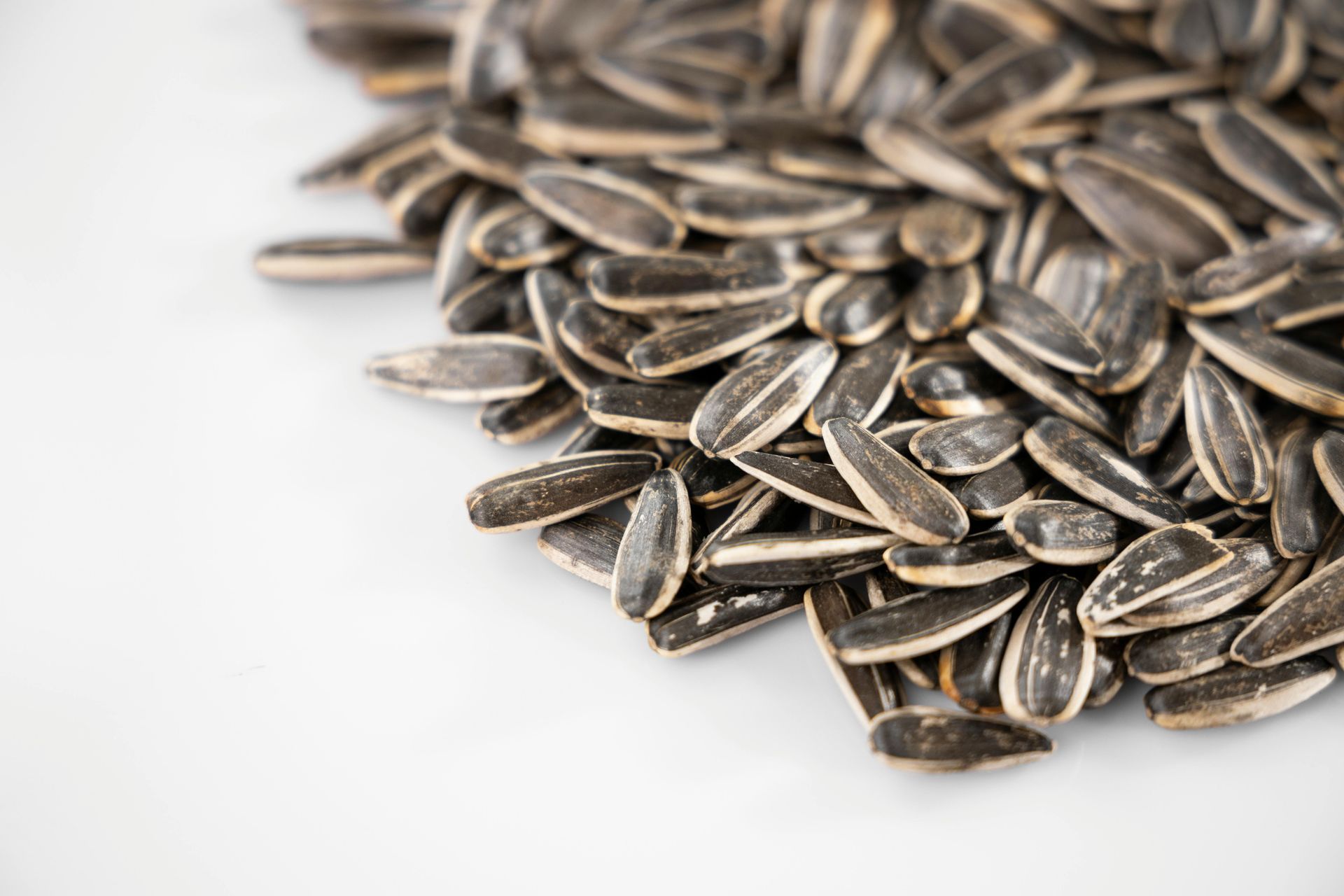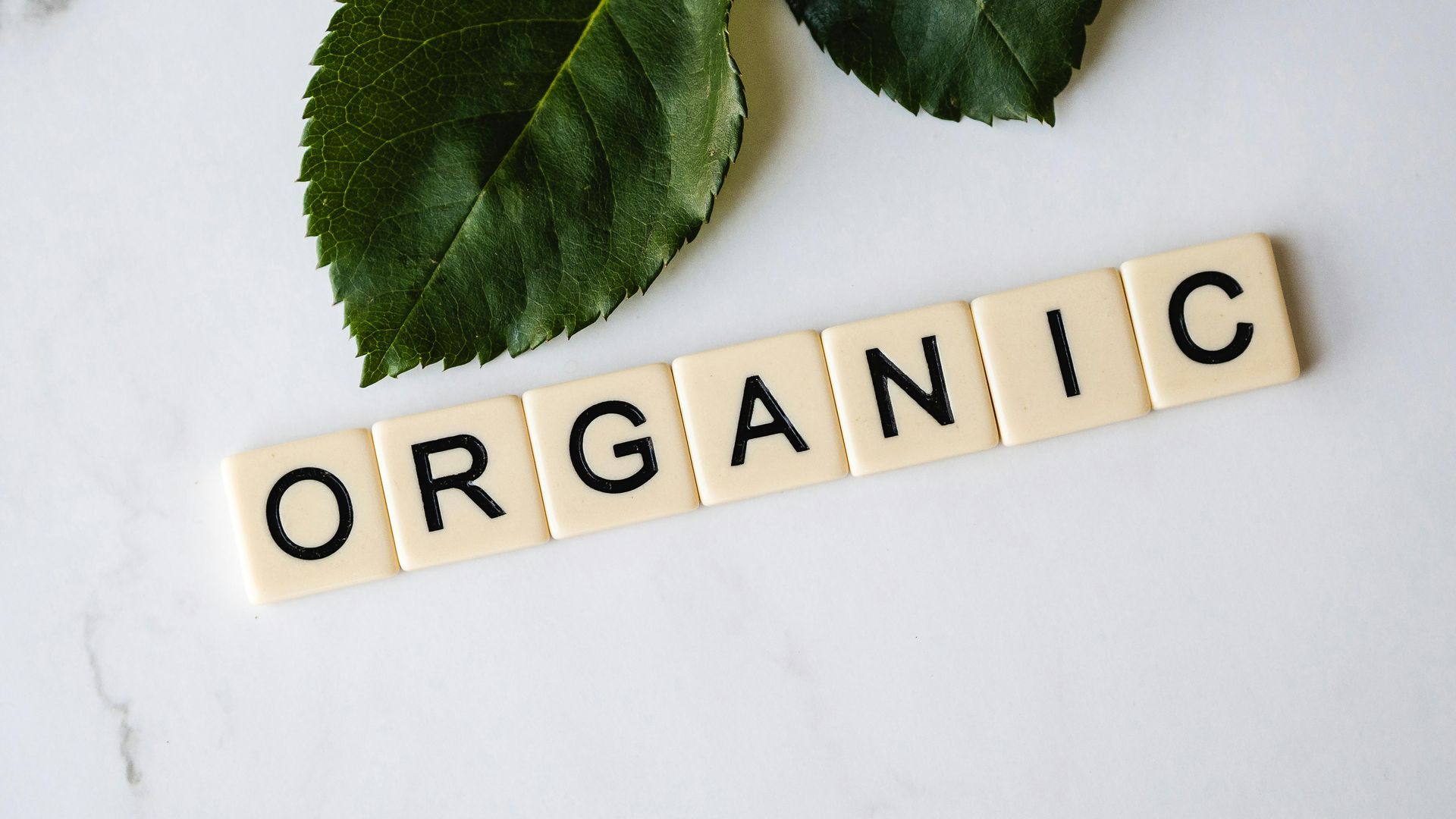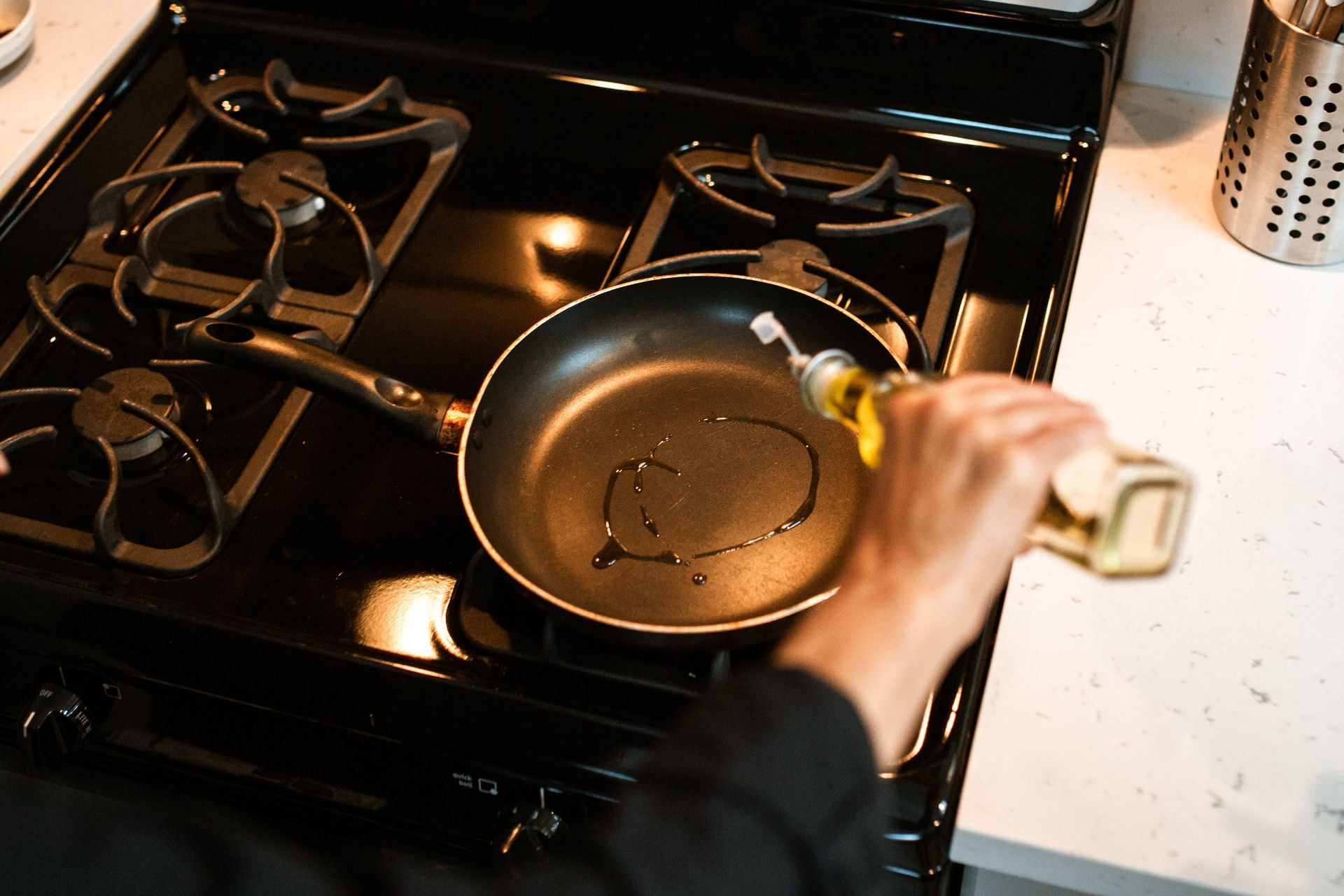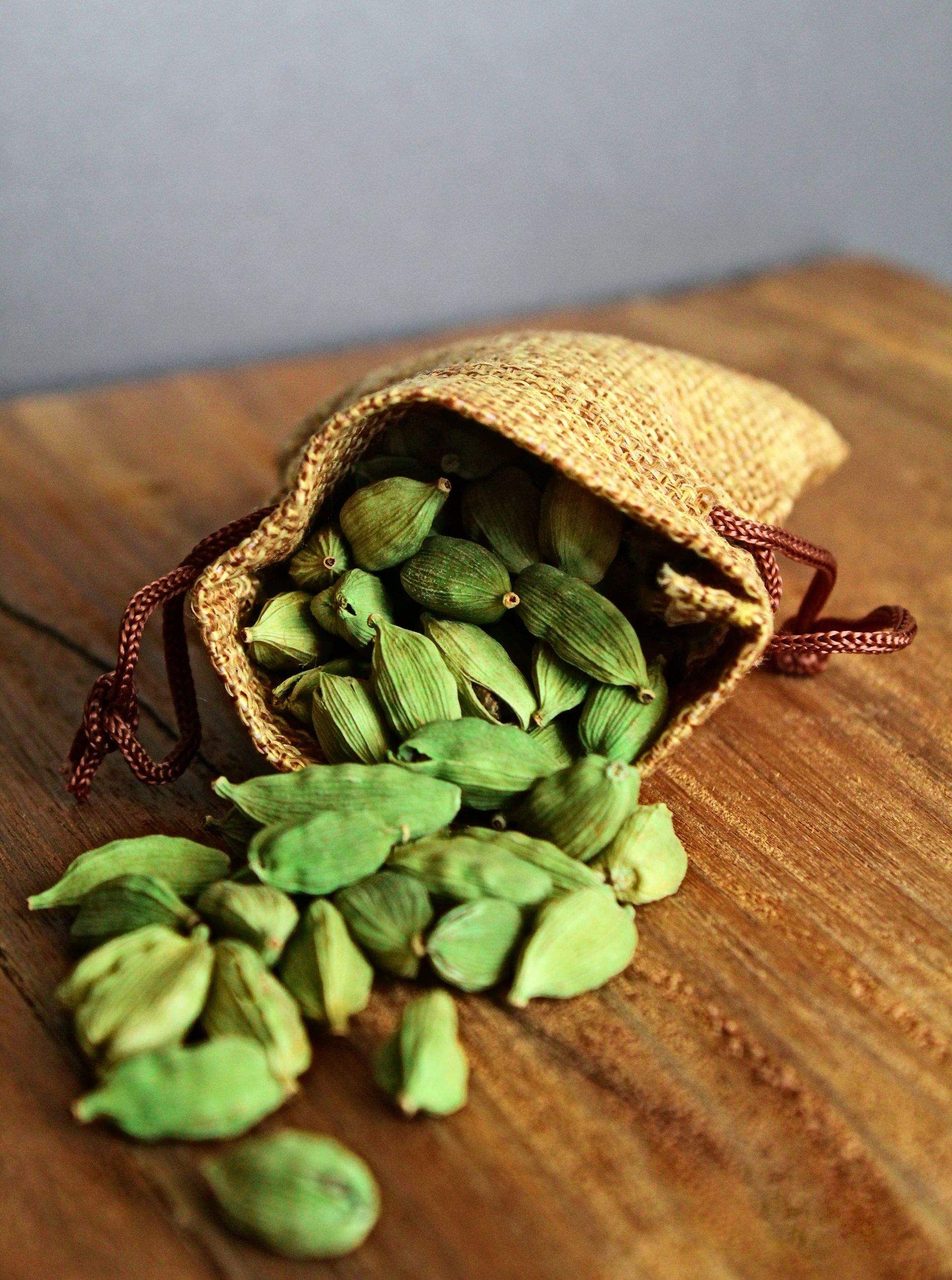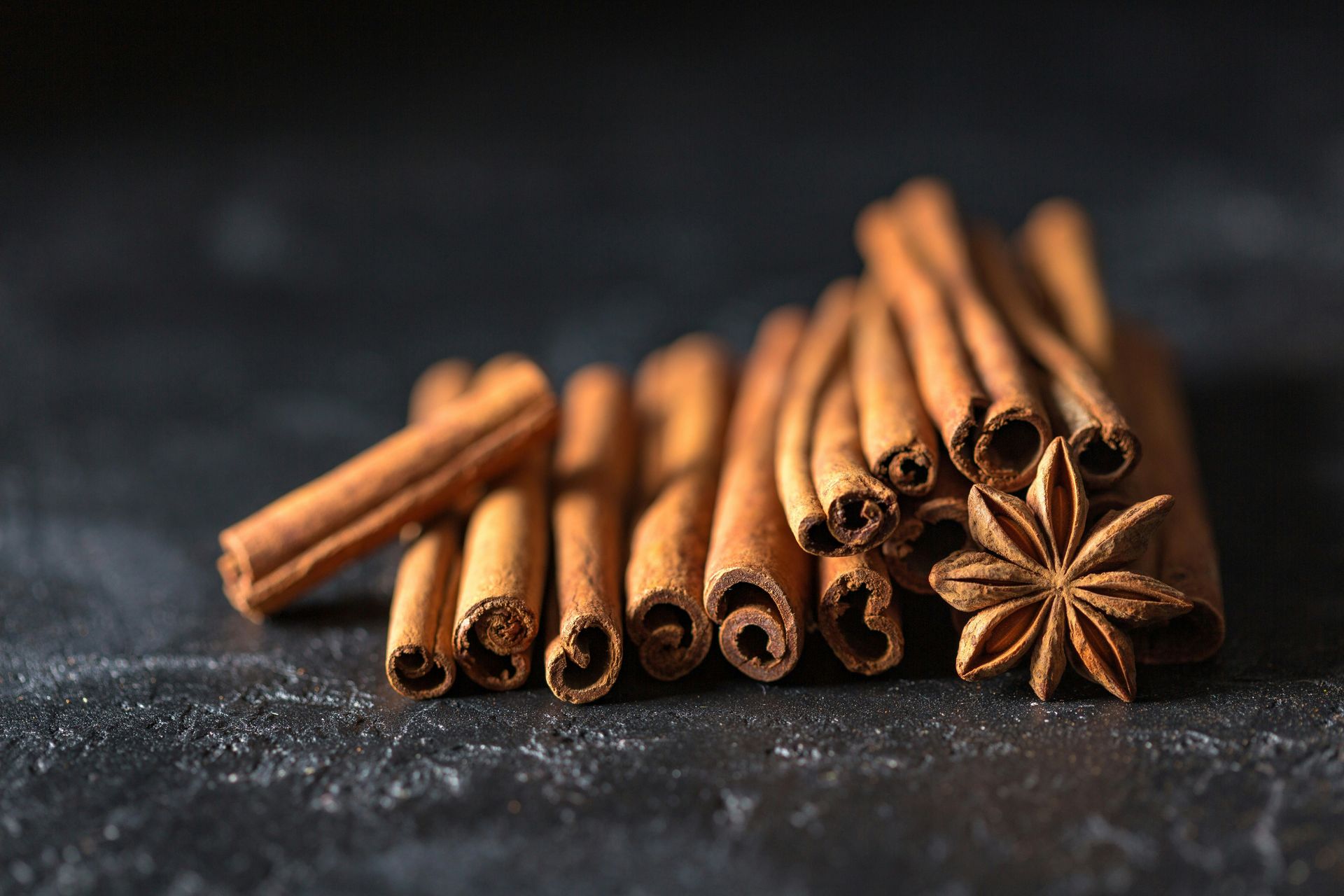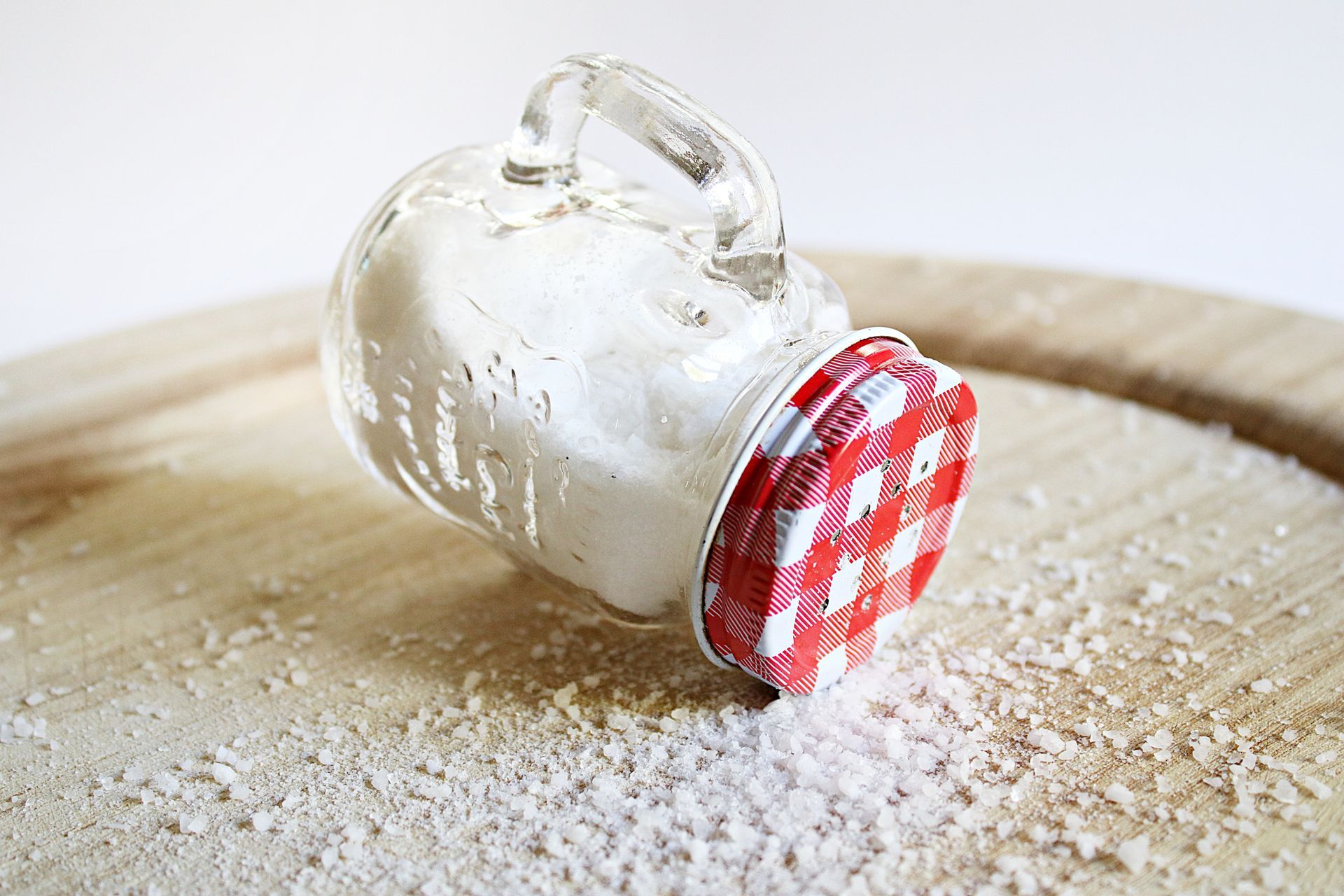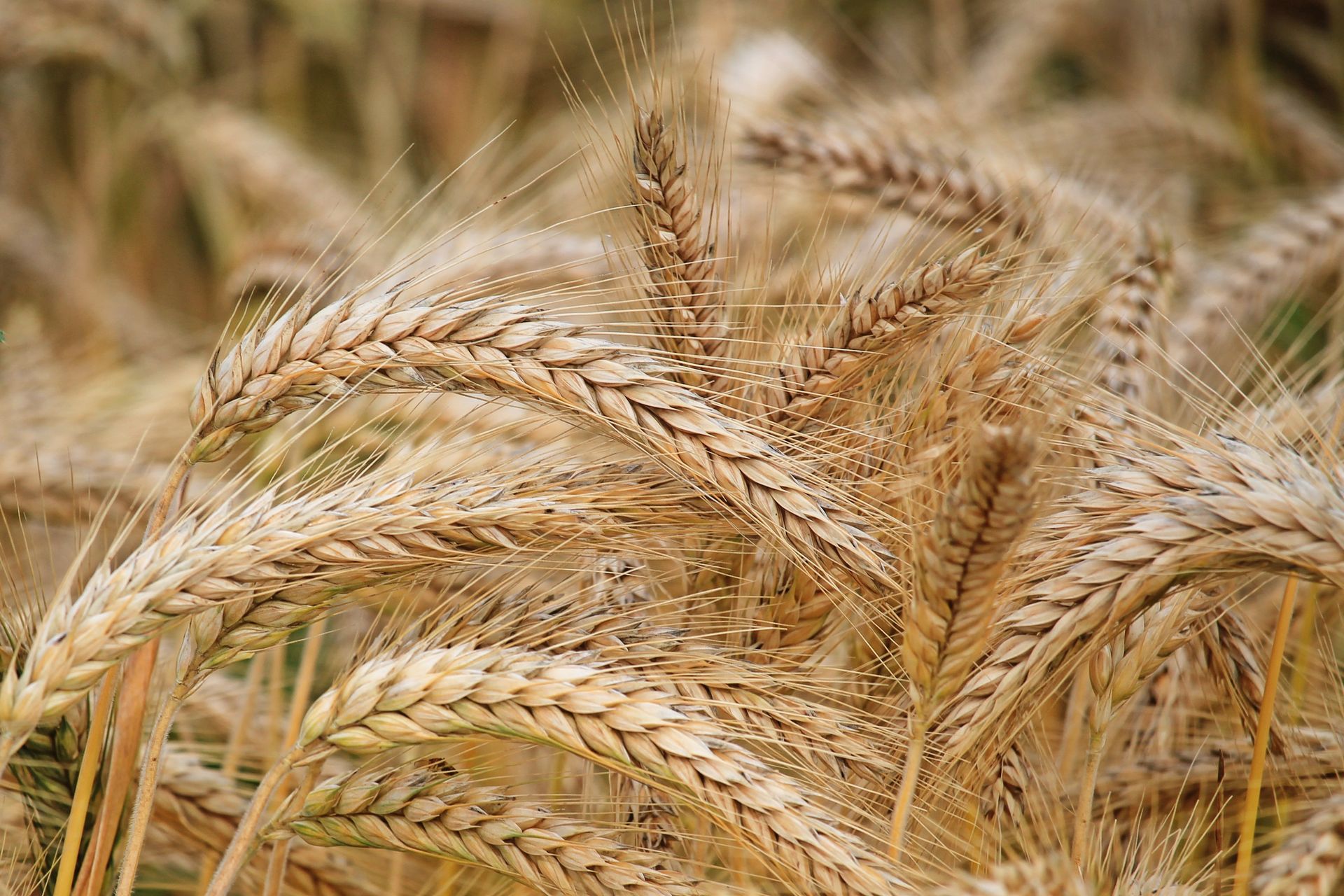Indian Spices The Traditional Cure For Modern Ailments
All of us who have grown in an Indian household always has followed our grandmoms “nuska” or home remedies when we get cold or tooth ache, because we have a spice “dabba” that’s filled with natures medicine for all the common health troubles. Have a toothache? Try clove. Have cold? Try Tulsi leaves. Have sore throat? Try pepper! The list never ends. Above promoting health benefits, when added to our daily diet and food it adds rich flavor and aroma which fills our homes as well as heart with goodness.
Types Of Spices
India produces majority of the spices in the world! There are more than 100 spices in the world out of which 75 are produced in India itself. Kerala stands first among the states, followed by Karnataka, Andra Pradesh & Tamil Nadu. Black pepper, mustards, cumin, fennel, nutmeg and coriander are the spices that are seeds. Clove is dried flower bud and Cinnamon is dried bark. Chili and cardamom are fruit capsules. Ginger and turmeric are rhizomes. Saffron is stigma. Basically, any part of the plant has the capability to be a spice as it looks so.
The Royal Spices
Spices are normally used in food as they impart rich taste and aroma, they are also used in cosmetic and perfume industry too! We must have come across toothpaste with clove in it this is just one example among many. Nevertheless to say, spices are a real expensive affair! Mostly due to the labor cost that’s involved in their harvesting.
Black pepper also called black gold of India, justified to be name so is super expensive due to the process involved before it comes as the final product. Cardamom is another such expensive spice because of the manual harvesting process that’s involved in it.
If we are talking about expensive spices, nothing comes near to Saffron, which the costliest spice in the world! Saffron is the stigma of the flower. One flower contains around 3-4 stigmas. To produce 1 gram of saffron 100 saffron flowers are needed. More than 2.5 lakh stigmas need to be handpicked to produce half kg of saffron. The labor extensive process of harvesting saffron is what adds to the cost.
Next expensive spice, next to saffron is Vanilla. Vanilla beans doesn’t give out the fruity smell of vanilla. When the beans are cured and processed, they release vanillin which gives the fruity aroma of vanilla. Again, it’s a labor extensive process which adds to the cost of vanilla flavor which makes it expensive.
Cinnamon lowers blood sugar levels and has anti-diabetic effect.
Peppermint reduces nausea and relives IBS pain.
Curcumin in Turmeric has anti-inflammatory properties.
Holy basil helps fight infection and boosts immunity.
Ginger treats nausea and anti-inflammatory properties.
Rosemary prevents allergies and nasal congestion.
Ashwagandha helps manage stress and reduce levels of cortisol.
Cumin helps in digestion by enabling the functioning of digestive enzymes.
Spices do have a special place in Indian households, now being recognized by the whole world. Those who used to complain about the spiciness of Indian cuisine now search street after street for Indian foods for the medicinal values they hold along with taste. Let us try to intake spices within the permissible limits to boost our natural body immunity and to encourage other health benefits.

